Residential and Commercial Lawn Maintenance in Columbia, MO
Lawn & Landscape Maintenance
FREE Estimates
Irrigation & Snow Removal
Hours:
Over 29 Years Experience in Lawn Care and Snow Removal
Grizzly Bear Lawn Care is your premier destination for both residential and commercial lawn maintenance in Columbia, MO and the surrounding communities! With years of experience in the industry, we take pride in transforming ordinary lawns into breathtaking outdoor spaces. Our team of skilled professionals is dedicated to providing top-notch services, including mowing, trimming, fertilizing, and more, to keep your lawn healthy and vibrant throughout the year.
Whether you're a homeowner or a business owner, we understand the importance of a well-maintained lawn, and we strive to exceed your expectations with our attention to detail and commitment to customer satisfaction. Trust Grizzly Bear Lawn Care to bring out the natural beauty of your landscape and make your neighbors green with envy. Contact us today for top-quality lawn services in Columbia, MO.
Why Choose Grizzly Bear Lawn Care?
When it comes to lawn care, Grizzly Bear Lawn Care
stands out as the obvious choice. With over 29 years of experience, our expertise in landscaping is unmatched. We offer a comprehensive range of services, including snow removal, ensuring that your property remains in pristine condition year-round. As a local and family-owned business, we prioritize building lasting relationships with our clients and providing personalized attention to their lawn care needs. Our team is equipped to handle any project, and we can even obtain permits on your behalf, taking the hassle out of the process. Additionally, our Missouri State-licensed pesticide applicators guarantee the safe and effective treatment of your lawn. To top it all off, we offer FREE estimates, allowing you to plan and budget accordingly. Contact Grizzly Bear Lawn Care for professional expertise, exceptional service, and a beautiful outdoor space you can be proud of.
Over 29 Years of Experience
Snow Removal Services
Local and Family-Owned
We Can Obtain Permits
Missouri State-Licensed Pesticide Applicators
FREE Estimates
View Our Lawn Care Services in the Gallery Below
Browse through the gallery page of Grizzly Bear Lawn Care for a stunning collection of our recent residential and commercial lawn maintenance in Columbia, MO. From lush green lawns to perfectly manicured landscapes, our image gallery highlights the exceptional results we deliver to our valued clients. Call us today and don't forget to inquire about our FREE estimates. We're happy to help you transform your lawn.
Here's what our satisfied customers are saying...
At Grizzly Bear Lawn Care, we take pride in providing exceptional lawn care, landscaping, hardscaping, irrigation, and snow removal services to our customers. We would be grateful if you could share your thoughts about our lawn care business with others. Your feedback helps us improve and helps others make informed decisions. Please take a moment to leave a review of Grizzly Bear Lawn Care and let others know what you think.
Learn More About Grizzly Bear Lawn Care
Serving the Columbia, MO area. Grizzly Bear Lawn Care specializes in lawn care, irrigation, and snow removal. Free estimates. Hunter Irrigation and backflow prevention certified. Licensed pesticide applicators. Call us today.
OUR LOCATION
Business Hours
- Mon - Thu
- -
- Friday
- -
- Sat - Sun
- Closed
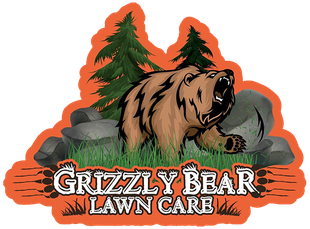

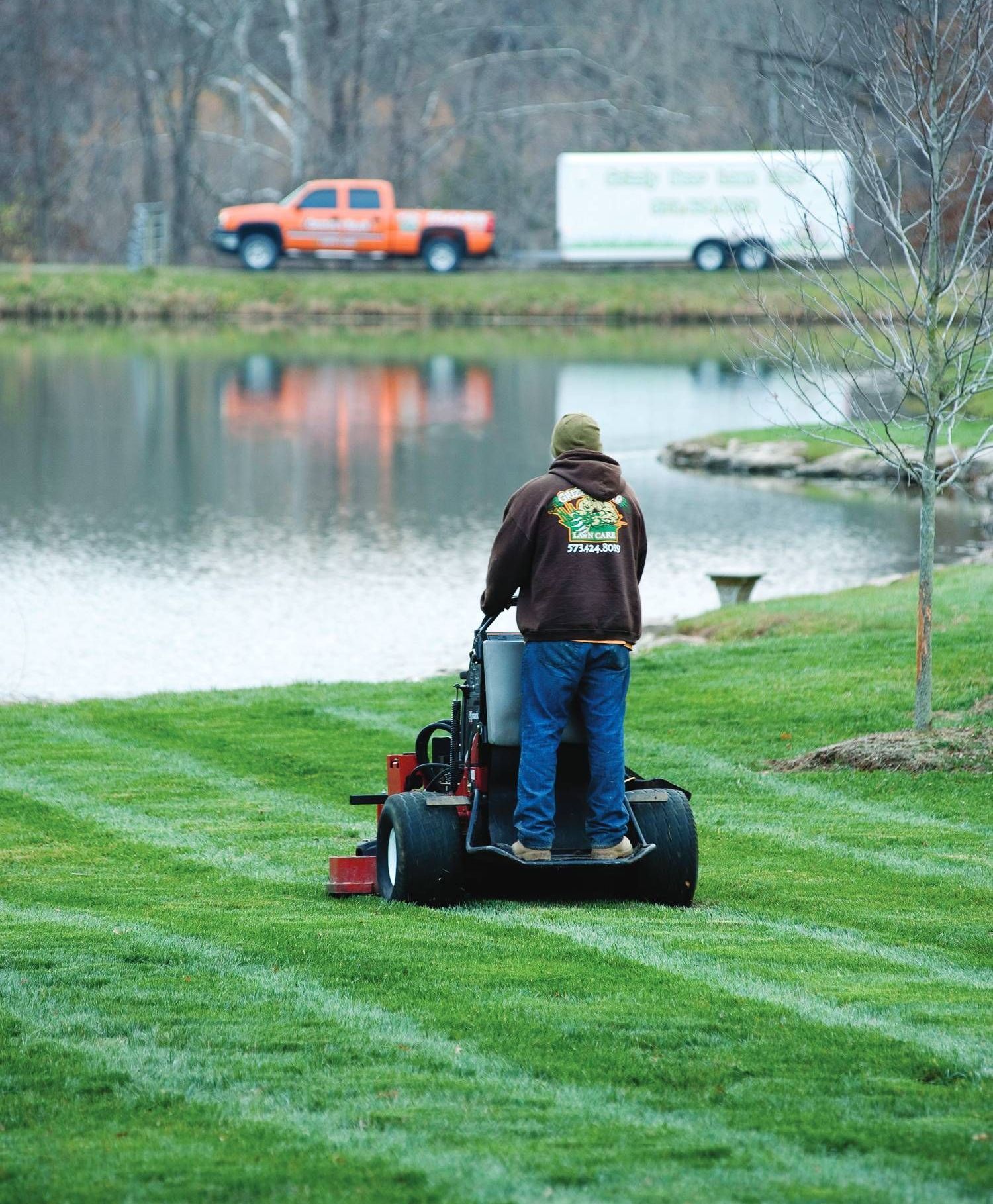
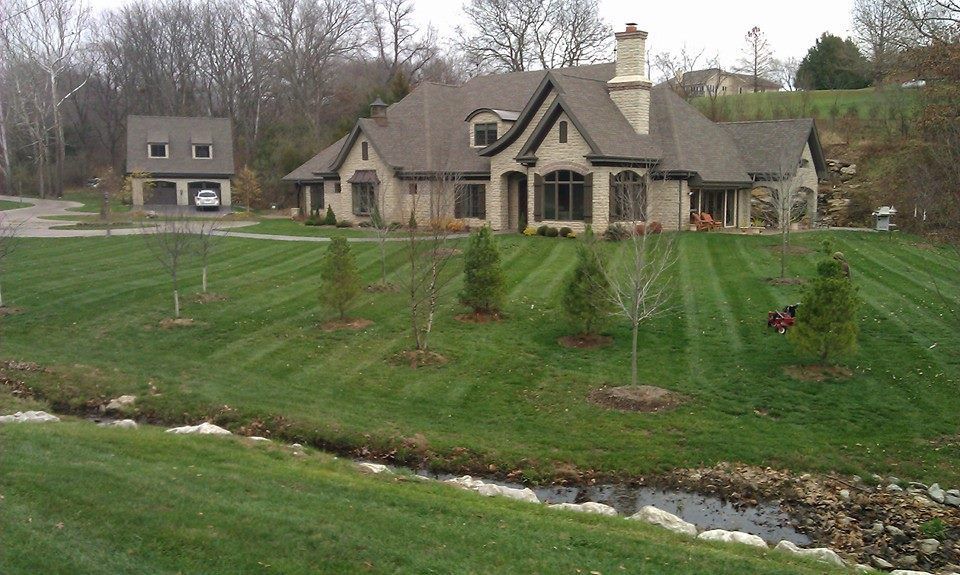
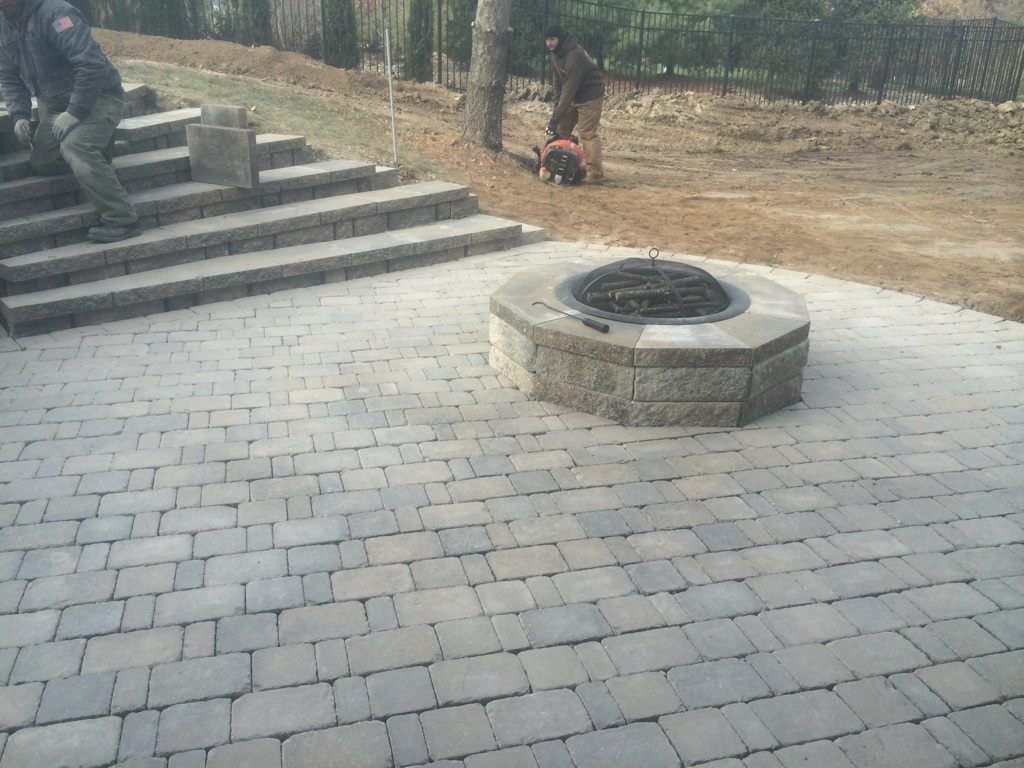
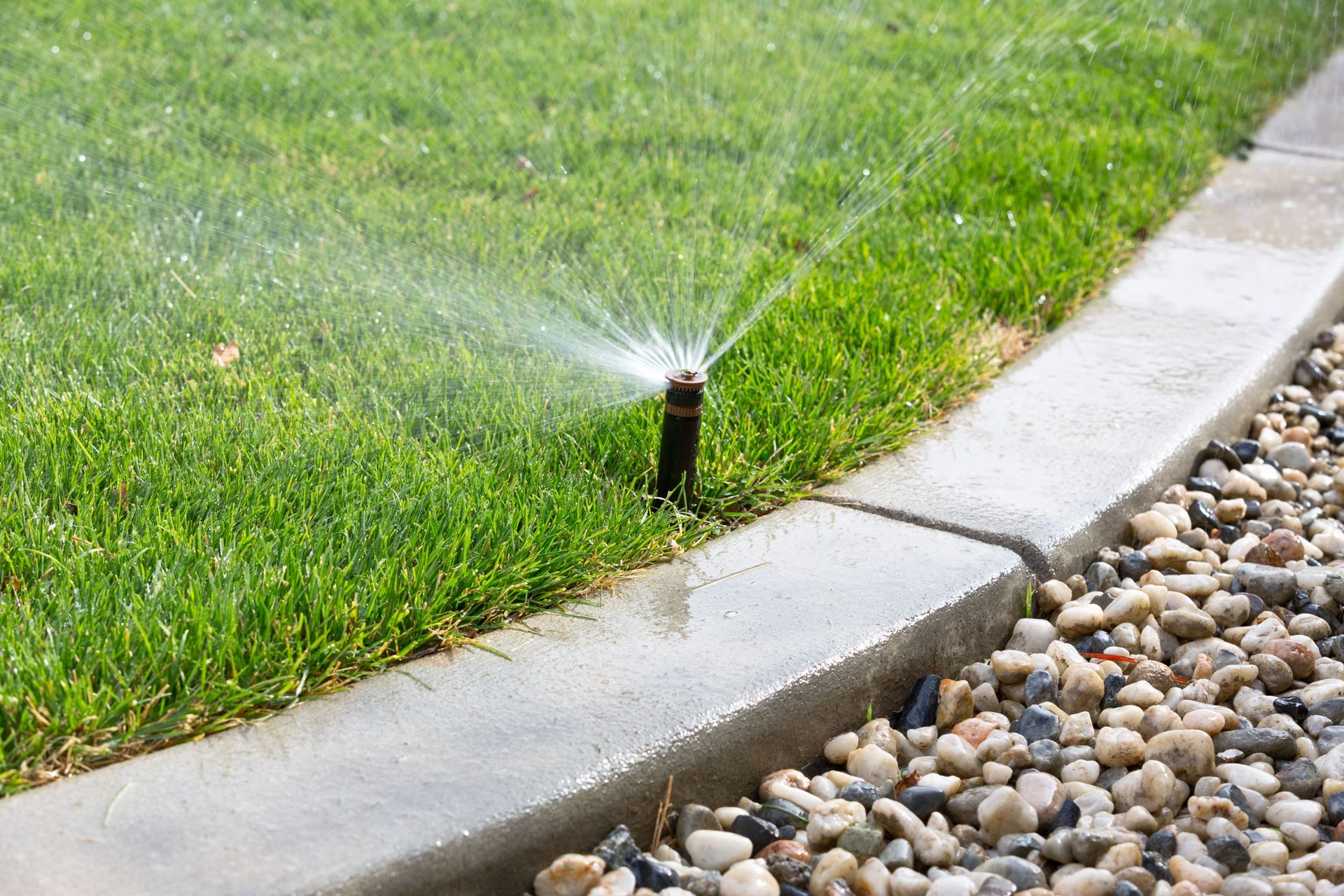
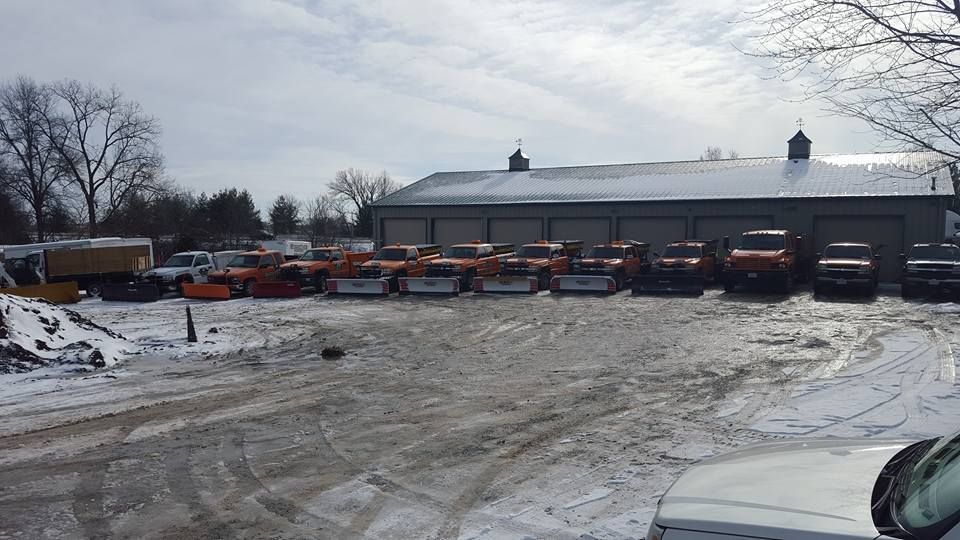
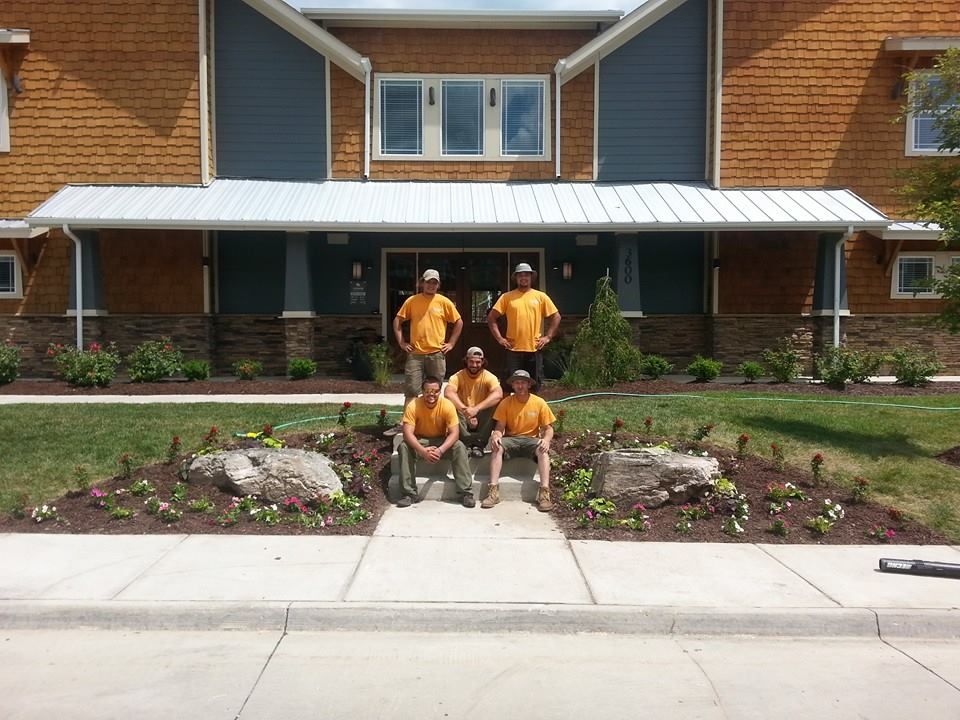
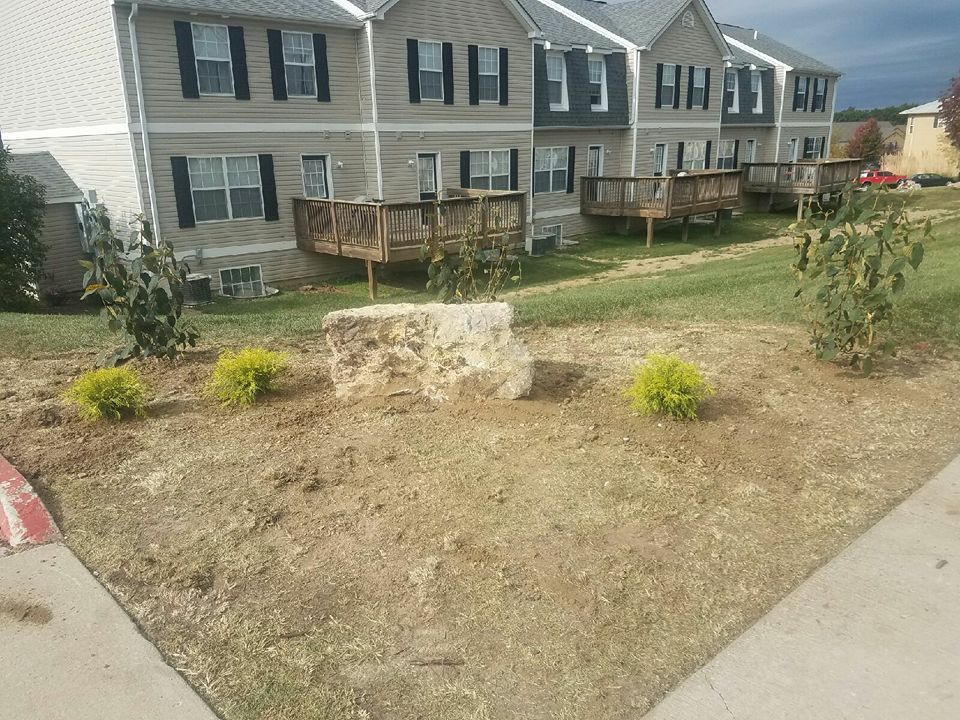
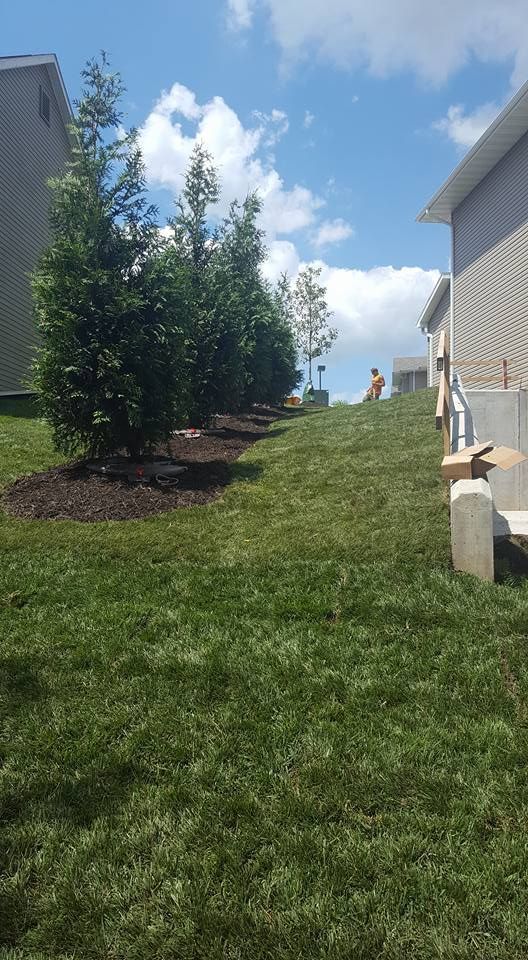

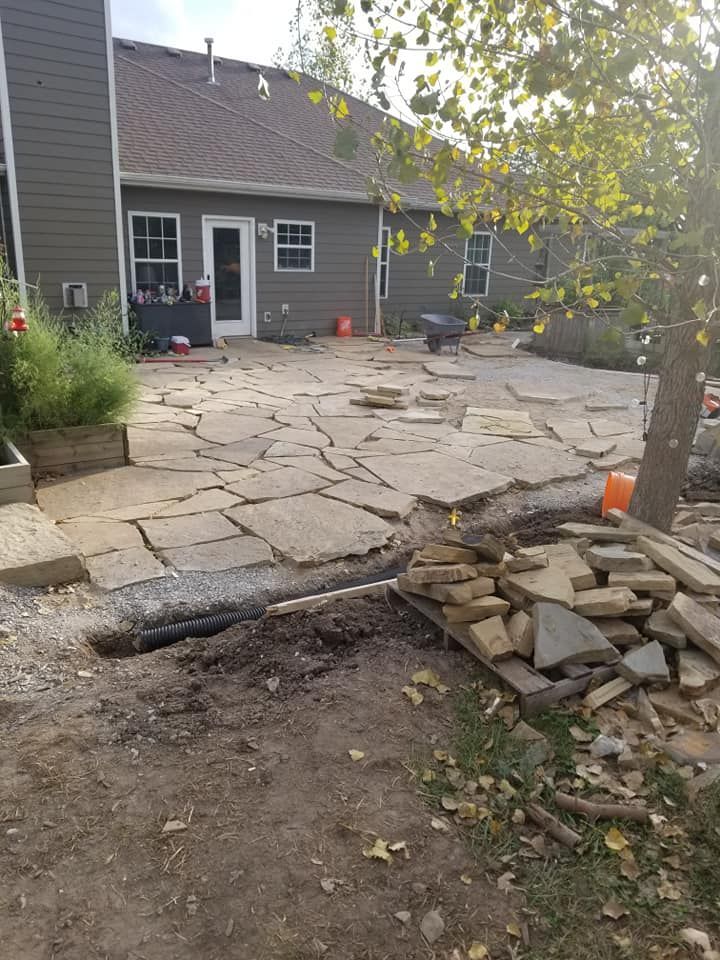
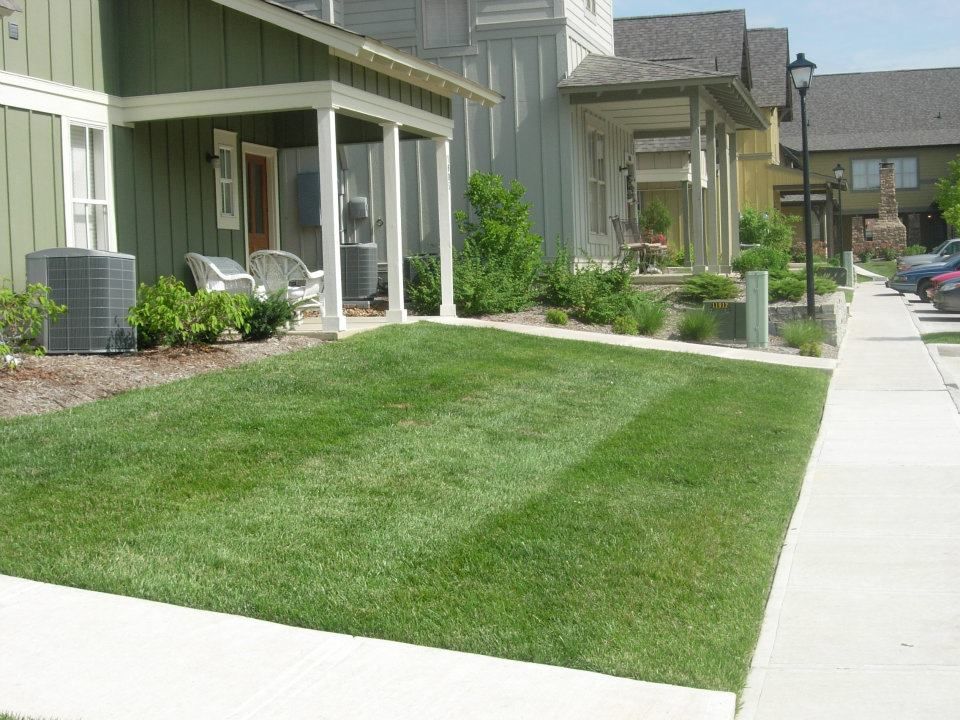


Share On: